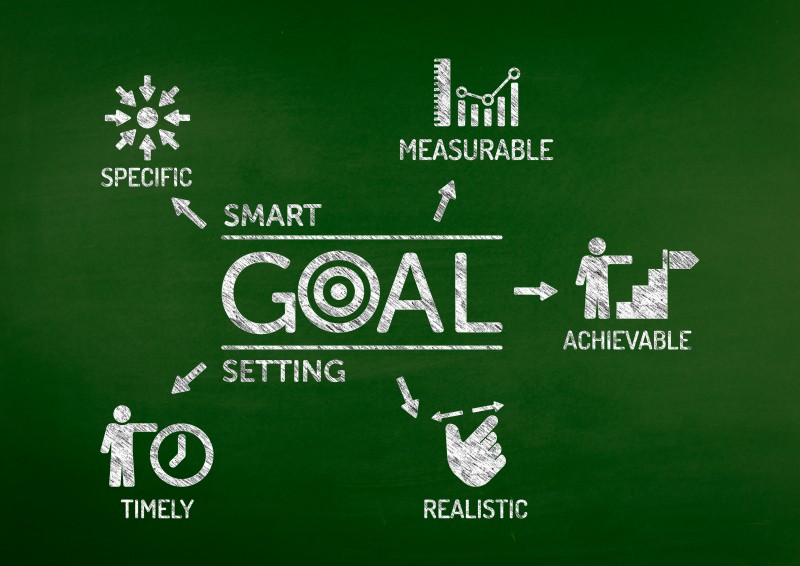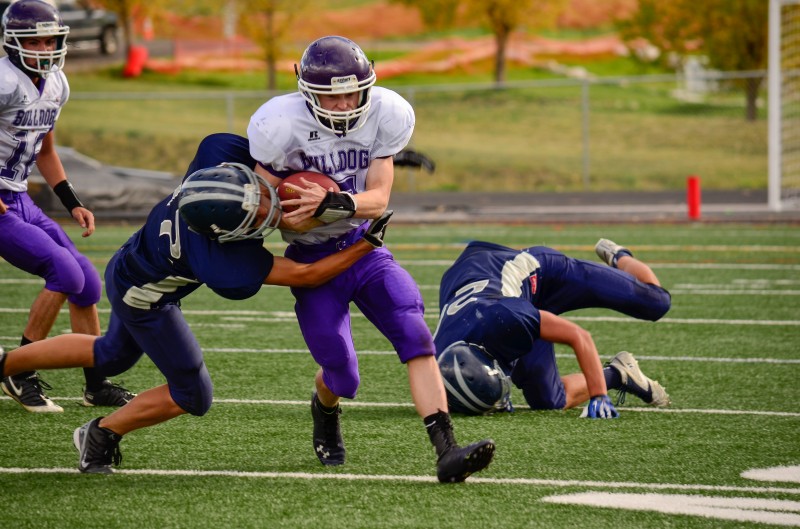
Fergus Connolly often says, "Begin with the end game in mind" (I'm paraphrasing). The point is to know your goal and then build backward. But programming in this day and age has become too complex at times to work this way.
As you may have read, I've stepped away from collegiate strength and conditioning, and this has given me some quality time to reflect on what I've done right and what I've done wrong. In this article, I'll delve into programming and what I see going on today with it (some is good and some is bad).
RECENT: The End of My Era as a Strength and Conditioning Coach
What are your goals?
The end game should be your goal. I've often said that my goal is to improve the student through and of the human body. Notice that nowhere in that sentence do I mention the game or winning. Winning is a byproduct of a great team, and great teams are great people coming together in pursuit of a common goal.
This doesn't mean that if you have great people, you'll have a great team. The issue here is that there are thousands of variables to wins and losses. So go back to our goal. Improvement should be the end game. If you have a bad head coach, you probably won’t win. If you have bad athletes, you probably won’t win. As the strength coach, you don’t get to pick the athletes or the coaches. As a strength coach, you must deal with the cards you've been dealt.

Rabia Elif Aksoy © 123rf.com
If improvement is your goal, you'll have a major issue because improvement isn't a SMART goal. Go back to your undergrad days, and you'll recall that SMART goals are:
- Specific
- Measurable
- Attainable
- Relevant
- Timely
Improvement as a general goal is hard to measure. So set some metrics to "improvement." This is where it's easy to get lost in the weeds. What are the biggest buckets you can fill with your team? This is where we can look at smart people like Fergus. I’ll even steal from Dave Tate here.
Create a score sheet for your team. On a scale of 0 to 5, rank the importance of the following metrics:
- Absolute strength
- Conditioning
- Mobility
- Relative strength
I recommend starting with just these four because we're just looking at general needs. As an example, I’ll use everyone's favorite sport, football:
- Absolute strength: 5
- Conditioning: 3
- Mobility: 3
- Relative strength: 3-5 (position-specific)
I don't have any doubt that some will argue with these numbers, but I'll argue that absolute strength is a must, and most freshman football athletes aren't strong enough yet. As for conditioning, even though football coaches love 6 a.m. spring running (I loathe this), football isn't a sport where conditioning should be a limiting factor as long as you aren’t lazy. Most plays last under seven seconds and rest time is 30 seconds to a minute.
RELATED: Common Strength Pitfalls to Avoid
As for mobility, if you look across the spectrum of sports, while mobility is important for football, I can think of many sports where it's more important (i.e., gymnastics, swimming, track events). Relative strength can be tricky because each position will be different. For instance, skill positions require very high levels of relative strength whereas linemen don't need it as much.

Elane Graves © 123rf.com
If you disagree with my assessment, that's fine. These should be your goals, so assess your team as you see fit. Now, we have a starting point to work from on our goals. Once we have that, we must decide how we'll test these goals.
For absolute strength, this is easy. Just test the lifts. For conditioning, if you have a lab, you can test Vo2 maxes. If not, pick any test and be consistent with that test. Mobility is a tough one to test because it can be joint-specific. If you want to use some of the functional movement screens, you could do this, but I’d also use mobility drills as tests. For example, do a hip flow and score it as you see fit. The goal is to see improvement so use what you need.
Relative strength is pretty easy to test if you don’t complicate things. Pull-ups are a fine test for this. I know some will think that this is too simplistic, and if that's the case, use any other means. But I'll tell you that after 20 years, I do know that pull-ups correlate closely to vertical jump and sprinting speed.
Mistakes with this
I often see too many coaches trying to fill too many buckets at the same time. As the saying goes, you can only serve one master. What this means to me is that if you try to address too many issues at the same time, you'll fail at fixing the issues. This is probably very unpopular, but we should start with simple solutions before progressing to overly complex ones.
Making a program from this
Once you know your needs, now you can create your goals. I would be remiss if I didn’t mention that if you're a collegiate strength coach, all this may mean nothing if you have a head coach who has his own ideas. If you do have the freedom to do your job, decide what the most important issue to train is at that time of the year. Then you only need to worry about the two things we all learned as undergrads.
The first is the SAID principle (Specific Adaptations to Imposed Demands). All I ask is that you make sure your program is specific to your goals. If mobility is the goal, then mobility should be trained the hardest because it's the most specific. Conversely, if strength is the goal, move some weight. The second is progressive overload. No matter what you're doing, add more to what you did last time. I do believe this can get sticky for some people because how do you define more? More can be:
- More weight
- More reps
- The same work in less time
- Better technique/movement (yes, I believe this is progressive overload)
- The same load but with a harder movement (bilateral to unilateral)
I have no doubt that each of you can come up with some other variables to add to this list, but this is a good start. The moral of the story is pretty simple — don't overcomplicate the process. Just find your needs and write your program from there. When in doubt, look at the effective, simple programs on elitefts.











1 Comment